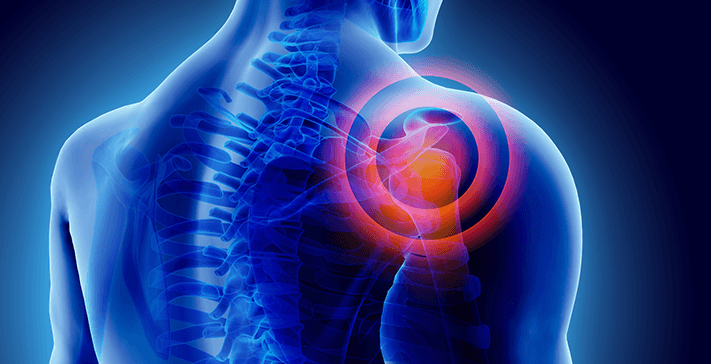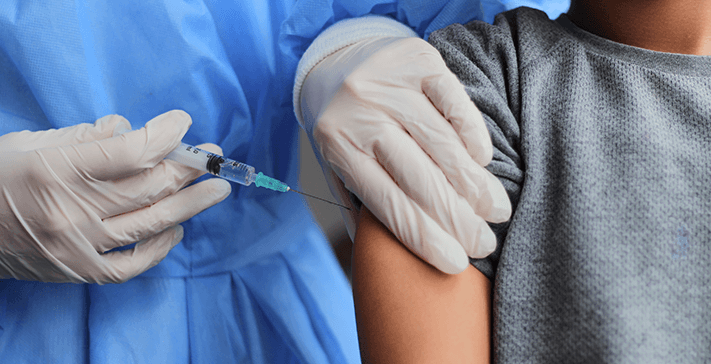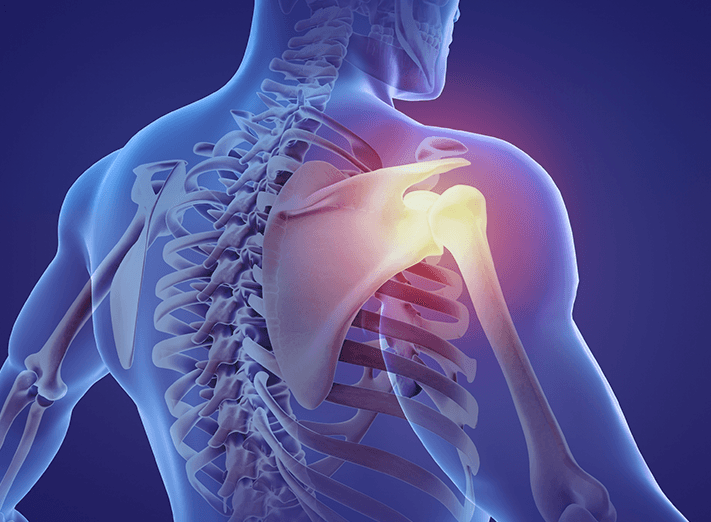What Is Shoulder Arthroscopy?
Shoulder arthroscopy is a surgical technique that uses a small camera (arthroscope) to examine and treat problems inside the shoulder joint. The procedure involves making tiny incisions, through which the arthroscope and specialised surgical instruments are inserted.
The camera projects high-definition images onto a monitor, allowing the surgeon to visualize and repair damaged tissues with precision. Compared to traditional open surgery, shoulder arthroscopy is less invasive, results in smaller scars, and typically leads to a faster recovery.
Benefits of Shoulder Arthroscopy
Shoulder arthroscopy offers several advantages, making it a preferred choice for addressing shoulder issues. Some key benefits include:
Minimally Invasive: Small incisions reduce trauma to surrounding tissues.
Faster Recovery: Patients often experience quicker healing and return to daily activities sooner.
Less Post-Operative Pain: The smaller incisions result in reduced pain and discomfort compared to open surgery.
Lower Risk of Complications: A reduced risk of infections and complications due to the minimally invasive nature of the procedure.
Improved Diagnostic Accuracy: The high-definition camera provides clear visualization of the shoulder joint, enabling precise diagnosis and treatment.










